In the 1950s, the Volkswagen arrived in the U.S., where the initial reception was tepid, due in part to the car’s historic Nazi connection as well as its small size and unusual rounded shape (which later led to it being dubbed the “Beetle”).
The Best-selling car
In 1959, the advertising agency Doyle Dane Bernbach launched a groundbreaking campaign that promoted the car’s diminutive size as a distinct advantage to consumers, and over the next several years VW became the top-selling auto import in the U.S. In 1972, the VW Beetle passed the iconic Ford Model T as the world’s best-selling car, with over 15 million vehicles produced.
In 1950 Volkswagen expands its product offerings to include a microbus, known officially as the Volkswagen Type 2 (the Beetle was the Type 1) or the Transporter, the bus was a favorite mode of transportation for hippies in the U.S. during the 1960s (our paper model) and became an icon of the American counterculture movement.
This bus eventually collected a number of nicknames, including the “Combi” (for combined-use vehicle) and the “Splittie” (for its split windshield); in Germany it was known as the “Bulli.” In the U.S., it was referred to by some as a hippie van or bus because it was used to transport groups of young people and their camping gear and other supplies to concerts and anti-war rallies. Some owners painted colorful murals on their buses and replaced the VW logo on the front with a peace symbol.




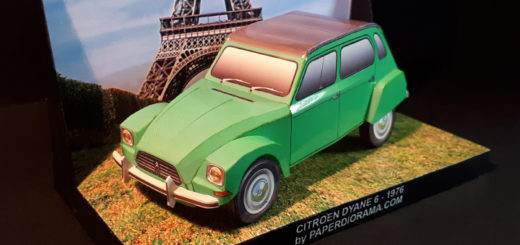
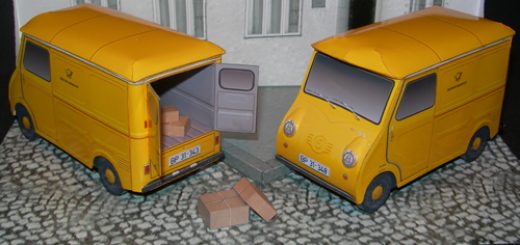
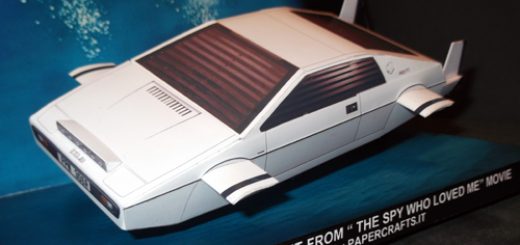
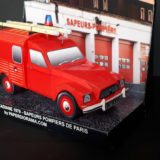
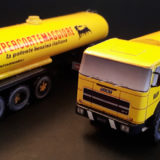
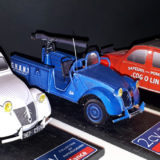
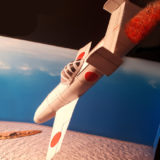
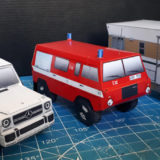
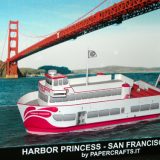
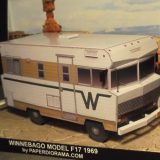
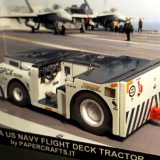
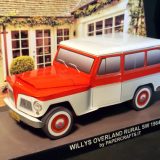
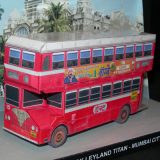

gostei dessa